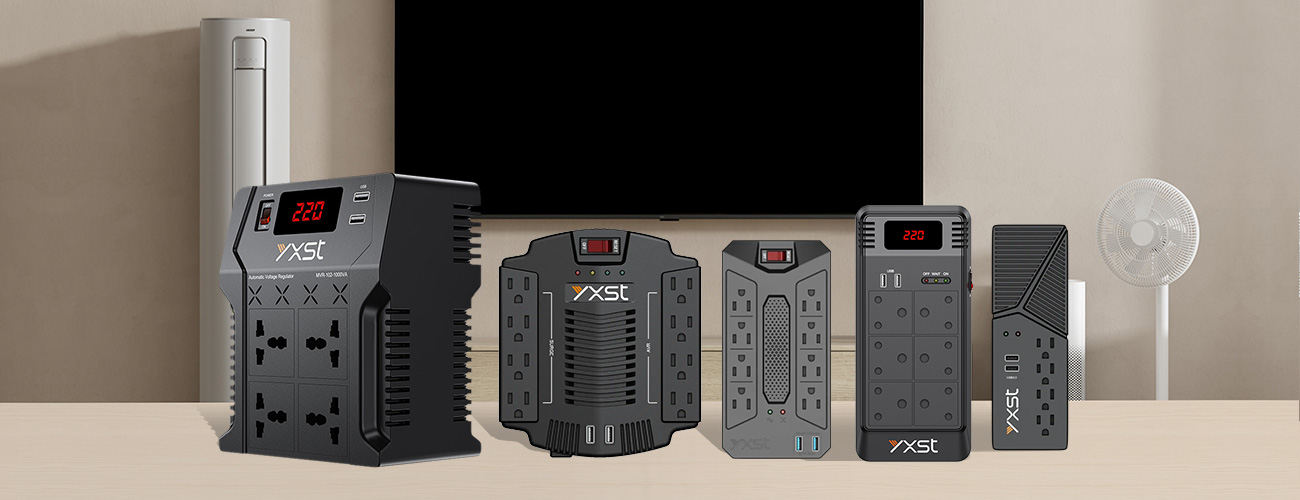Automatic voltage stabilizers (AVS) and Uninterruptible Power Supplies (UPS) are not the same, though they both serve important functions in power management and protection. Here’s a breakdown of their differences and roles:
Automatic Voltage Stabilizer (AVS):
Purpose:
The primary function of an AVS is to stabilize the output voltage from the power source. It ensures that the voltage supplied to the connected devices remains within a specified range, even if there are fluctuations or surges in the incoming voltage.

Operation:
AVS Automatic Voltage Stabilizer typically adjusts and regulates the voltage automatically, compensating for any variations in supply voltage. It does not provide backup power; instead, it corrects the voltage levels to protect devices from voltage spikes or drops.
Uninterruptible Power Supply (UPS):
Purpose:
UPS provides backup power to connected devices when the main power supply fails. Its main role is to ensure continuity of power, allowing devices to operate without interruption during a power outage.
Operation:
UPS consists of batteries that kick in when the main power source fails, providing immediate power to connected devices. Many UPS systems also include built-in voltage regulation features, which can stabilize the voltage supplied to the devices.
Automatic Voltage Stabilizers VS UPS Summary:
AVS is focused on regulating and stabilizing voltage levels, while UPS is designed to provide emergency backup power when the main power fails.
AVS does not provide battery backup, whereas a UPS does.
While they serve different purposes, in some cases, an AVS can complement a UPS system by managing voltage levels while the UPS provides backup power.




